Forums
- Forums
- Duggy's Reference Hangar
- Luftwaffe Library
- The Blohm & Voss BV 141
The Blohm & Voss BV 141
Post a reply
- Go to Previous topic
- Go to Next topic
- Go to Welcome
- Go to Introduce Yourself
- Go to General Discussion
- Go to Screenshots, Images and Videos
- Go to Off topic
- Go to Works in Progress
- Go to Skinning Tips / Tutorials
- Go to Skin Requests
- Go to IJAAF Library
- Go to Luftwaffe Library
- Go to RAF Library
- Go to USAAF / USN Library
- Go to Misc Library
- Go to The Ops Room
- Go to Made in Germany
- Go to Campaigns and Missions
- Go to Works in Progress
- Go to Juri's Air-Raid Shelter
- Go to Campaigns and Missions
- Go to Works in Progress
- Go to Skinpacks
- Go to External Projects Discussion
- Go to Books & Resources
-
13 years agoTue Sep 14 2021, 08:17pmDuggy
 Main AdminIn 1937 the RLM issued a demand sheet for a tactical battlefield reconnoisater. The machine should have been single-engined, give good sight towards all directions, have a crew of three and give the opportunity to use it as light attacker, auxiliary bomber and fog layer.The order was given to Arado by the Technical Office of the RLM. Arado's solution, the Ar 198, proved to be a failure (initial flight characteristics were not satisfying, see corresponding GOT topic, RT). Blohm & Voss, at this time still under the name Hamburger Flugzeugbau (HFB), were not ordered to send a draft, but anyway the firm's chief construcor and technical director Dr.-Ing. Richard Vogt had an own idea of this project and convinced the firm's managers to plan and build the project on their own expense.
Main AdminIn 1937 the RLM issued a demand sheet for a tactical battlefield reconnoisater. The machine should have been single-engined, give good sight towards all directions, have a crew of three and give the opportunity to use it as light attacker, auxiliary bomber and fog layer.The order was given to Arado by the Technical Office of the RLM. Arado's solution, the Ar 198, proved to be a failure (initial flight characteristics were not satisfying, see corresponding GOT topic, RT). Blohm & Voss, at this time still under the name Hamburger Flugzeugbau (HFB), were not ordered to send a draft, but anyway the firm's chief construcor and technical director Dr.-Ing. Richard Vogt had an own idea of this project and convinced the firm's managers to plan and build the project on their own expense.
Aerodynamic insight played a role in this project. Only three months after the start of the project, in June 1937, the first mock-up was finished, and on 25 February 1938 the prototype, called Ha 141-0, took off for the first time. The engine was an air-cooled 9-cylinder BMW Bramo 323 radial. The aircraft showed good flight characteristics and proved to be an excellent construction. It was aerodynamically balanced and had the advantage of showing no tendency of a break-out on the take-off run.The contemporary chief of the technical office, Ernst Udet, was informed about the project already during the project stadium and was fascinated about it. Subsequently the RLM ordered Blohm & Voss to produce an initial series of three samples.
For not having to carry all development costs alone, the Ha 141 was renamed BV 141 V-2, what gave the chance to enclose it within the "V" samples budget. The actual second prototype got the designation BV 141 V-1. This aircraft was registered D-OTTO and took off on 11 October 1938 for the maiden flight. A full-sight cockpit with fixed foward-firing weapons and moveable ones for rear defence was foreseen. For the fixed weapons two 7.9 cm MG 17 were chosen, the rear (lower, RT) station was equipped with a spindle-formed gun carriage developed by Focke-Wulf for a manually operated MG 15. The upper MG 15 was mounted under a slide roof in the upper fuselage and could be moved out if necessary. Further, four bomb racks for bombs type ETC 50 of caliber 50 kg were mounted.
A short time after the maiden flight, troubles withe the undercarriage's hydraulics appeared and once forced the pilot to perform an emergency landing. Undercarriage and right wing became damaged by this. Also other pre-series samples showed these troubles.
The BV 141 V-3 was the first machine with guns installed. She was a bit increased compared to the V-1. The fuselage became elongated by 70 cm to 12,15 m, the span grew to 15,35 m. The machine was driven by a 9-cylinder BMW 132 N radial. The engine's instruments were mounted on it's cowling and could be read by the pilot when he glanced to his left side. The crew in the glazed cabin was stationed in a way that the pilot in the forward-left position flew the machine, the observer sat right to him in a rollable chair in a forward position to operate the bomb aiming device and in a rearward position to operate the upper MG, the wireless radio and the serial cameras.
The rear gunner sat in the rear space of the cabin, where he also could operate the cameras. Furthermore, laying on an upholstering, he could operate the lower MG which could be rotated by 360 degrees. Undercarriage and flaps were lowered hydraulically. The tailwheel, while retracted, still stood out a bit under the tailplane, what prevented damage to the rear fuselage in case of an emergency landing. The fuel tank was behind the engine's firewall, while the lubricant container was well protected in the center wing area between cabin and main fuselage.
Because of the good flight characteristics, the RLM ordered a zero series of five samples. These aircraft (BV 141 A-01 to A-05) had a wing span of 15,45 m. Their official test program ended at Rechlin in January 1940. BV 141 A-01 and A-02 had been tested there. The machine received a special bomb aiming device for throwing bombs on low flights and proved well in this. The slide roof in the upper cabin was dropped for an "Ikaria" lentil gun carriage and the extractable ladder for to enter the cabin was exchanged by mounted steps on the right landing gear.
Although the judgement of the test center was good, the RLM cancelled a production order of 500 machines. It was said that the BV 141 showed no real advantage compared to the FW 189, although it was superior in speed and range. Meanwhile, most of the machines were handed to the Luftwaffe for troop testing and were probably used by Aufkl?rungsschule (reconnaissance school) AS 1 in Gro?enhain. The further fate of the machines is unknown.
Because of initial demands for better performance for exceeded oppotunities of use, e.g. special sorties (??, RT), already in January 1939 Dr.-Ing. Vogt started with the planning of a bigger and faster version of the BV 141. As engine the 1.560 hp delivering 14-cylinder BMW 801 radial was foreseen. The machine was denominated BV 141 B and did not optically differ too much from the A series. Because of the higher torque of this engine, the fuselage cell had to be essentially enforced and the wing had to be totally reconstructed in shape and space. The tailplane was also constructed newly and received an asymmetric form, what considerably improved the rear shooting area. The first machine of this series flew on 9 January 1941. It was registered NC + QZ.
The B series did not show the good flight characteristics of the former A variant. Vibration tests already before the first flight had shown that tail boom, cell, undercarriage and controls had to be enforced. Hydraulics troubles were still lasting. The top speed was reduced to 450 km/h for safety reasons.
Several wrecked BV 141s were found by advancing Allied forces. One was recovered by British forces and returned to England for examination. None survive today. Contrary to much that has been written, all BV 141s ordered were produced and delivered. Following is the complete record of BV 141 production, either a German civil registration or pre-military, four letter Stammkennzeichen radio code.
* Prototypes
o BV 141 V1 ; WNr 141-00-0171 ; D-OTTO then GL+AG
o BV 141 V2 ; WNr 141-00-0172 ; D-ORJE then PC+BA
o BV 141 V3 ; WNr 141-00-0359 ; D-OLGA then BL+AA
* Preseries BV 141 A-0
o BV 141 A-01 (V4) ; WNr 01010360 ; D-OLLE then GL+AH
o BV 141 A-02 (V5) ; WNr 01010361 ; BL+AB
o BV 141 A-03 (V6) ; WNr 01010362 ; BL+AC
o BV 141 A-04 (V7) ; WNr 01010363 ; BL+AD
o BV 141 A-05 (V8) ; WNr 01010364 ; BL+AE
* Preseries BV 141 B-0
o BV 141 B-01 (V9) ; WNr 0210001 ; NC+QZ
o BV 141 B-02 (V10) ; WNr 0210002 ; NC+RA
o BV 141 B-03 (V11) ; WNr 0210003 ; NC+RB
o BV 141 B-04 (V12) ; WNr 0210004 ; NC+RC
o BV 141 B-05 (V13) ; WNr 0210005 ; NC+RD
o BV 141 B-06 (V14) ; WNr 0210006 ; NC+RE
o BV 141 B-07 (V15) ; WNr 0210007 ; NC+RF
o BV 141 B-08 (V16) ; WNr 0210008 ; NC+RG
o BV 141 B-09 (V17) ; WNr 0210009 ; NC+RH
o BV 141 B-010 (V18); WNr 0210010 ; NC+RI
* Series BV 141 B-1
o WNr 0210011 ; GK+GA
o WNr 0210012 ; GK+GB
o WNr 0210013 ; GK+GC
o WNr 0210014 ; GK+GD
o WNr 0210015 ; GK+GE
o WNr 0210016 ; GK+GF
o WNr 0210017 ; GK+GG
o WNr 0210018 ; GK+GH
Photos from the Bundesarhiv.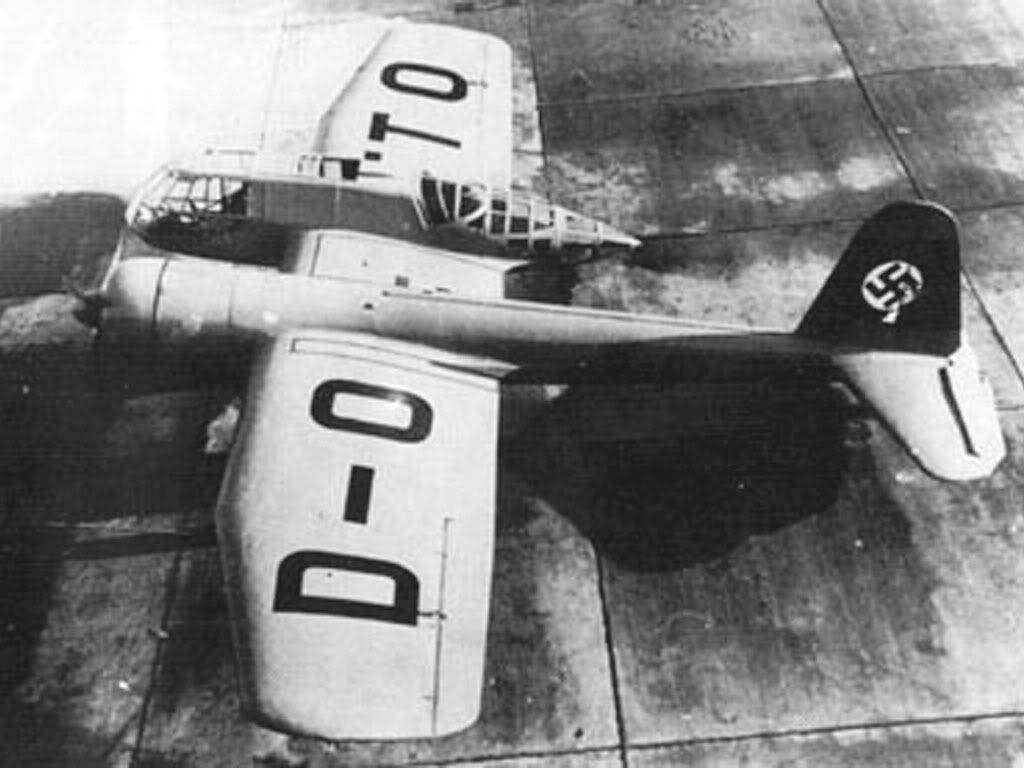
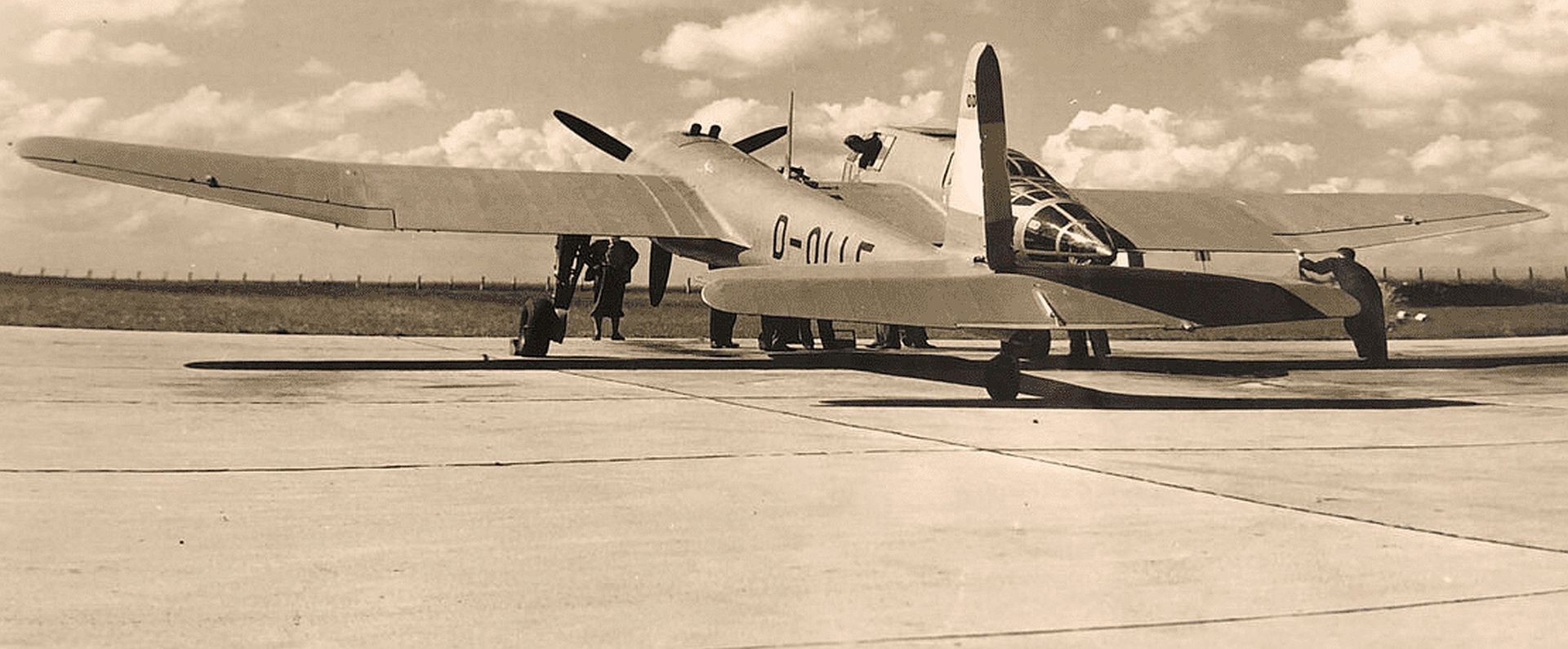
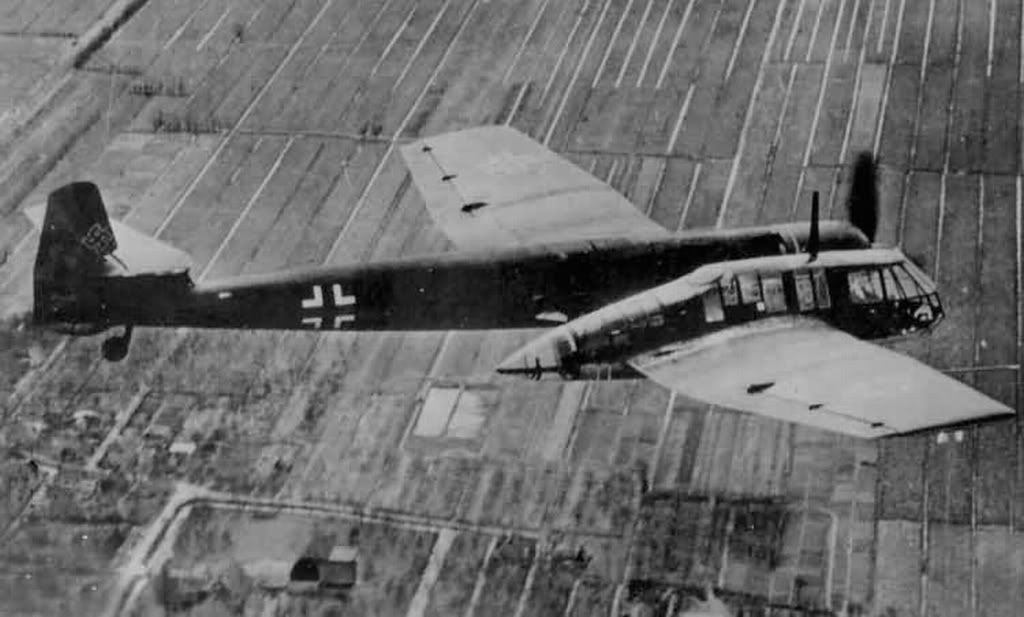
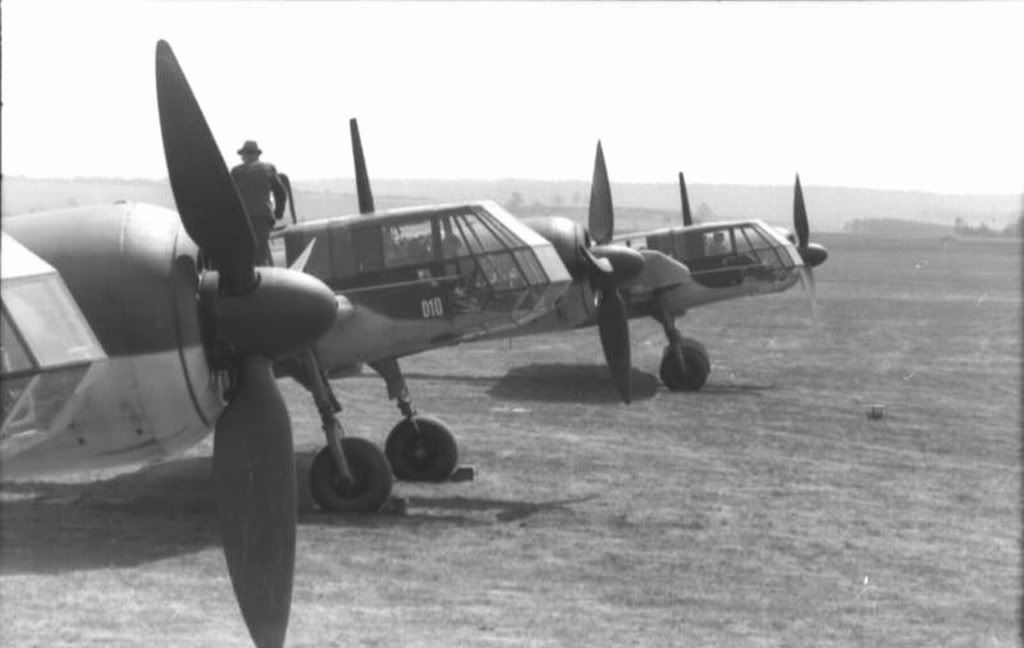
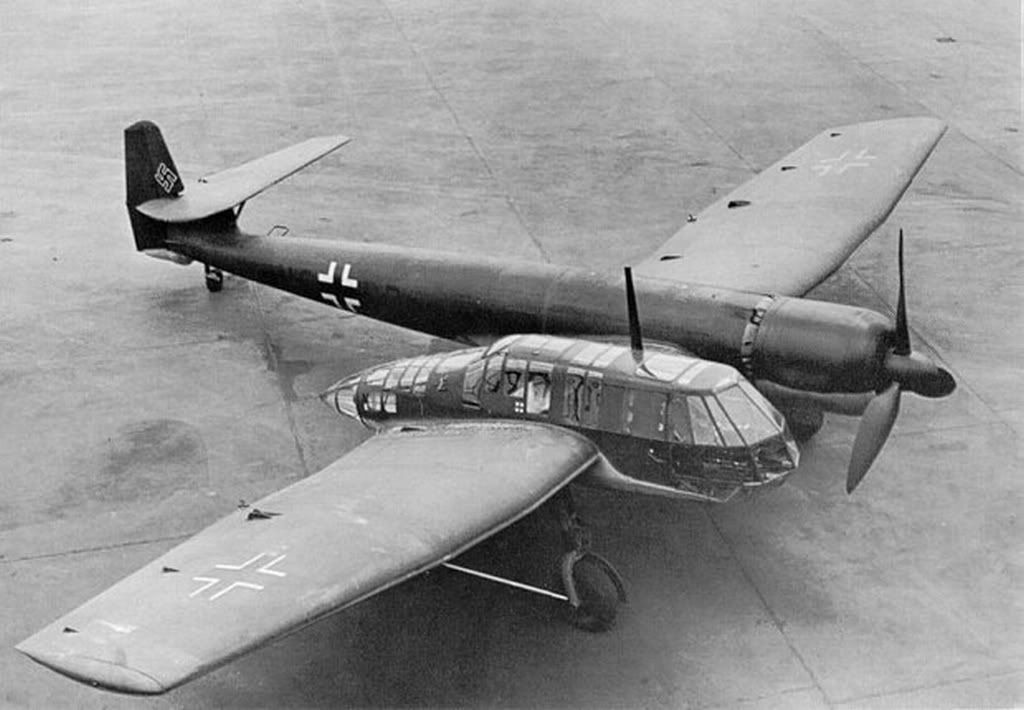
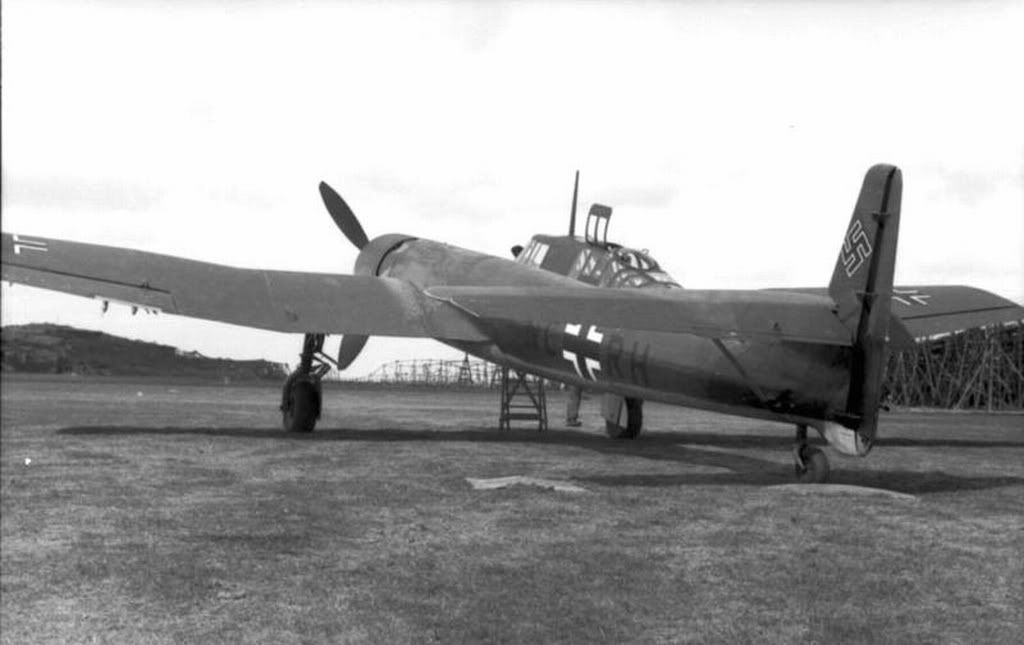
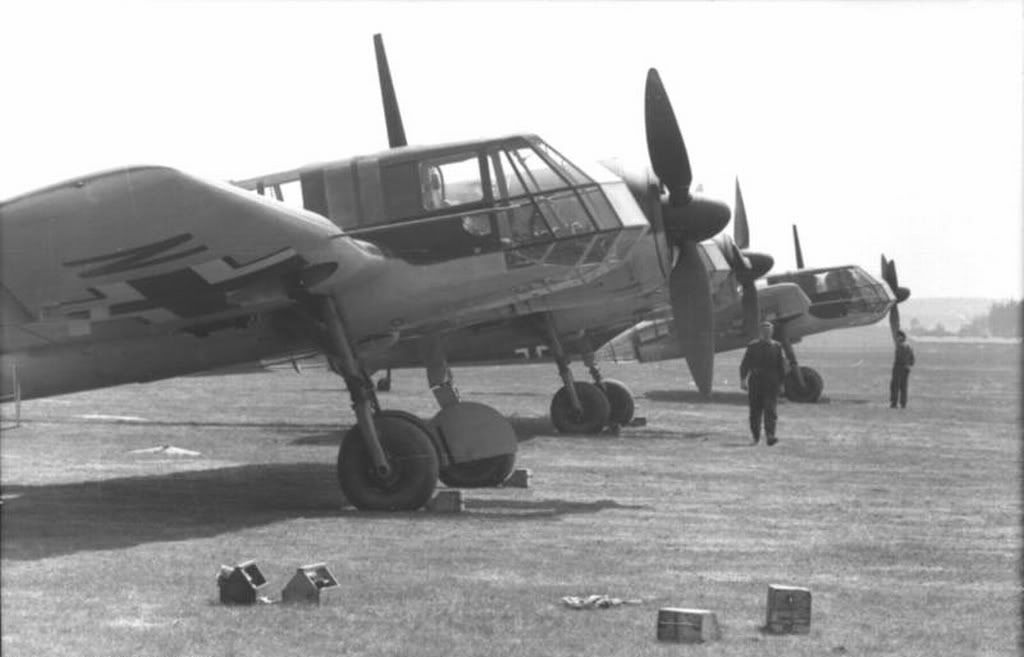
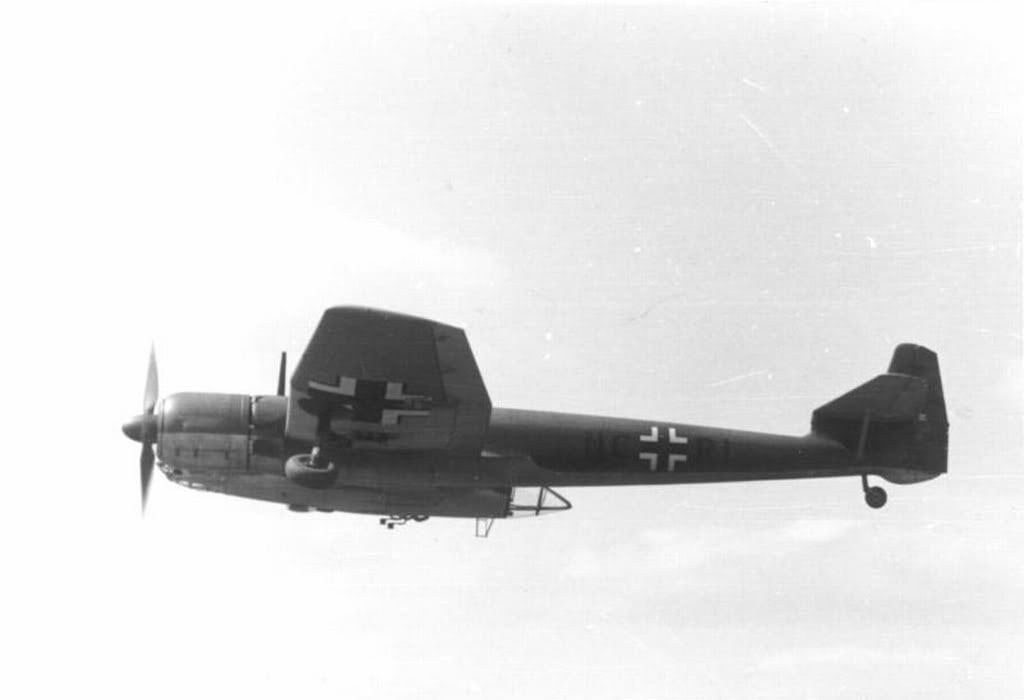
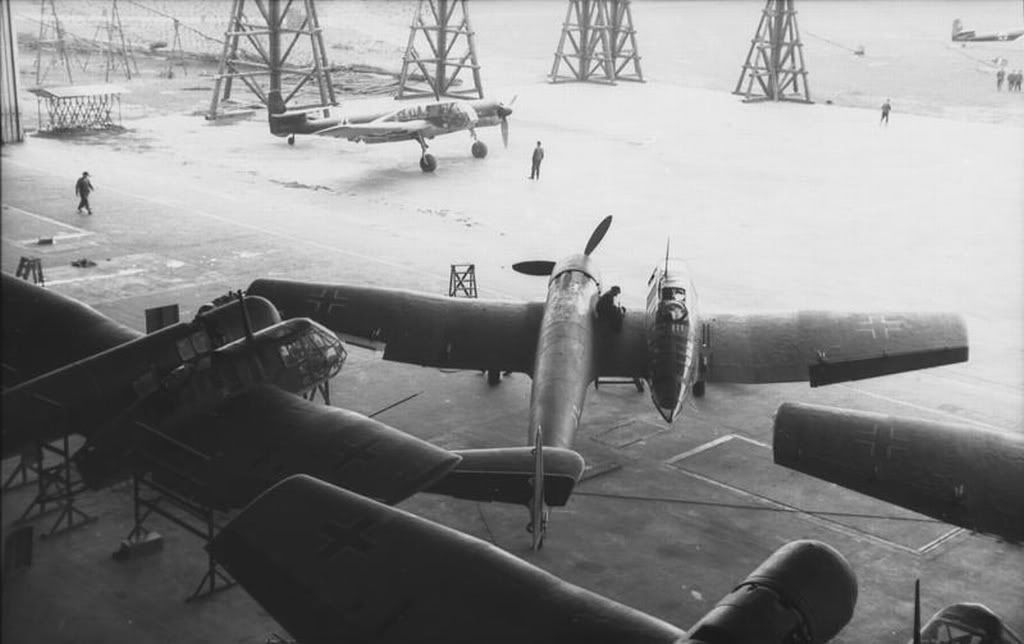
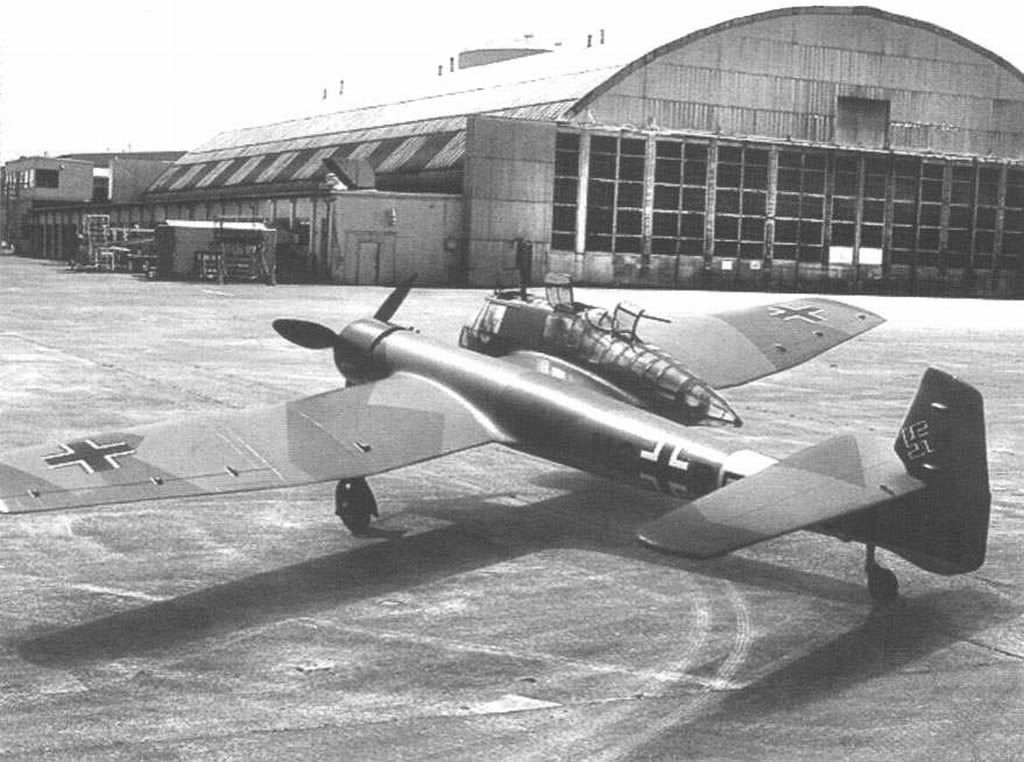
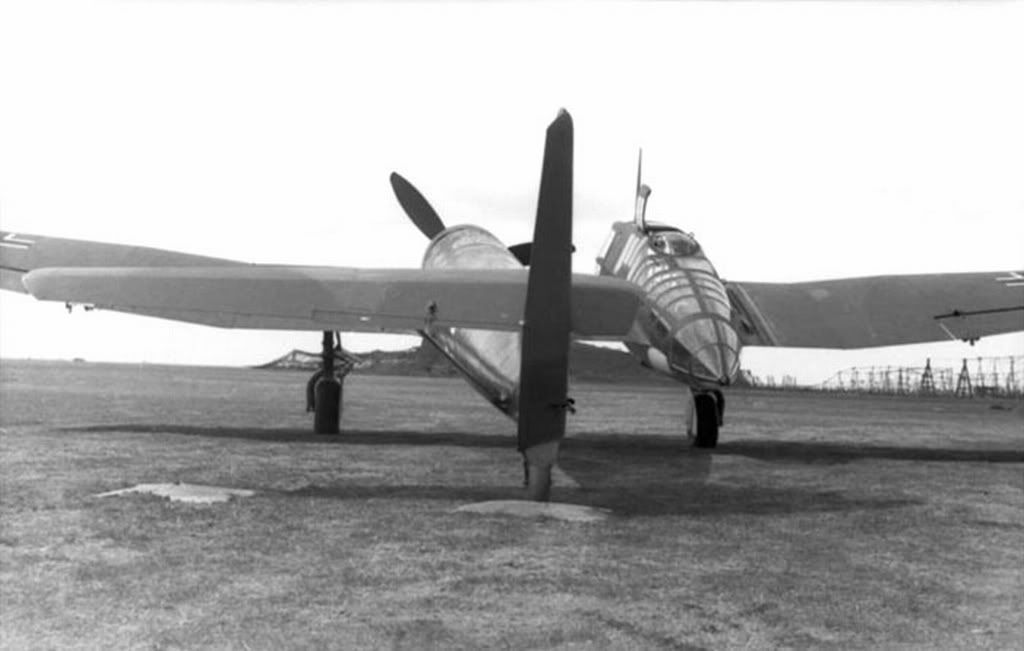
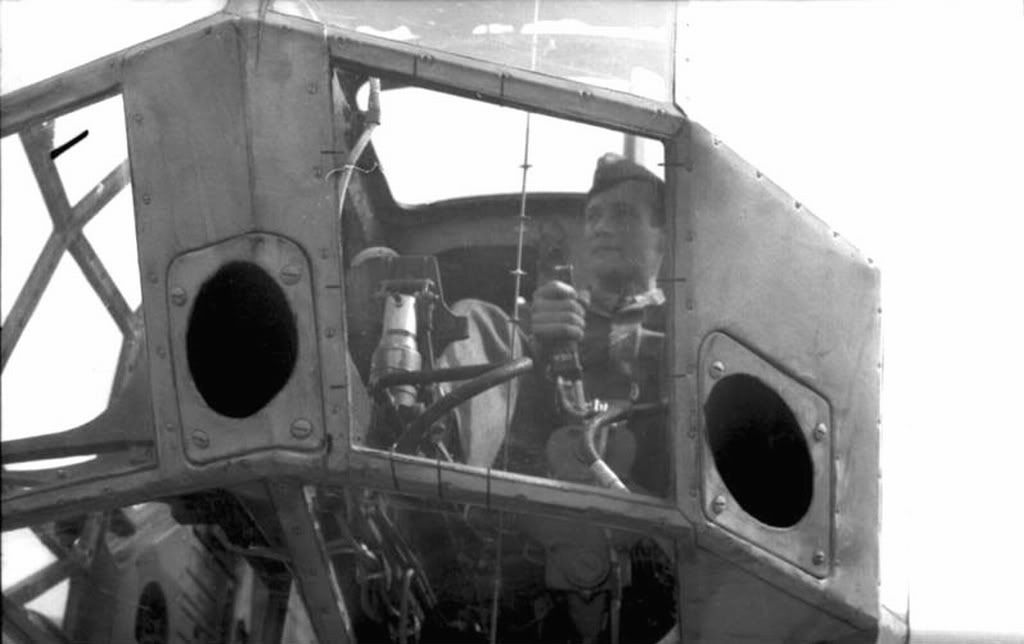


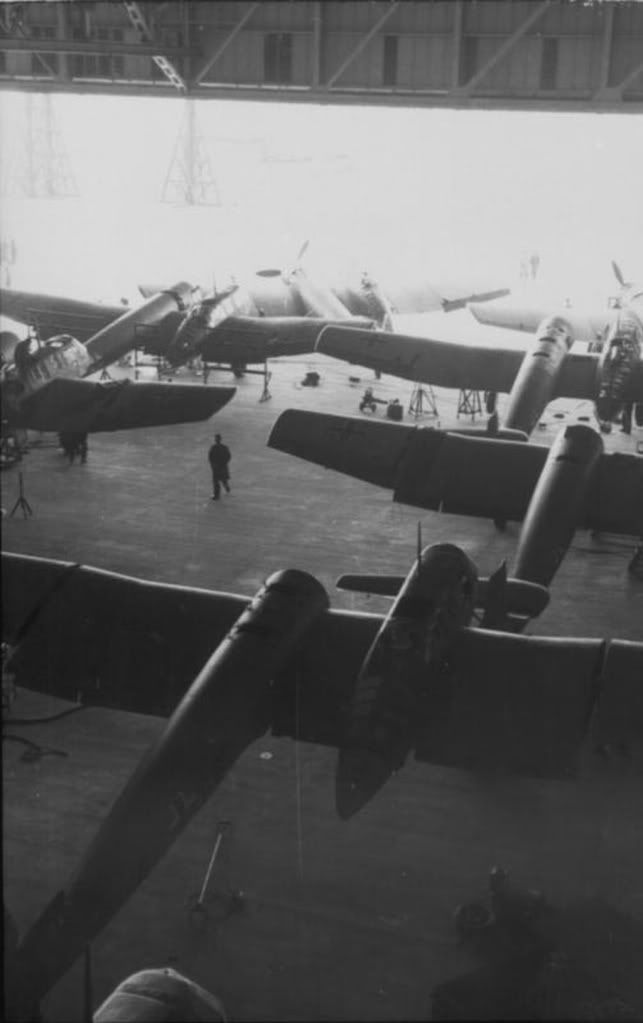
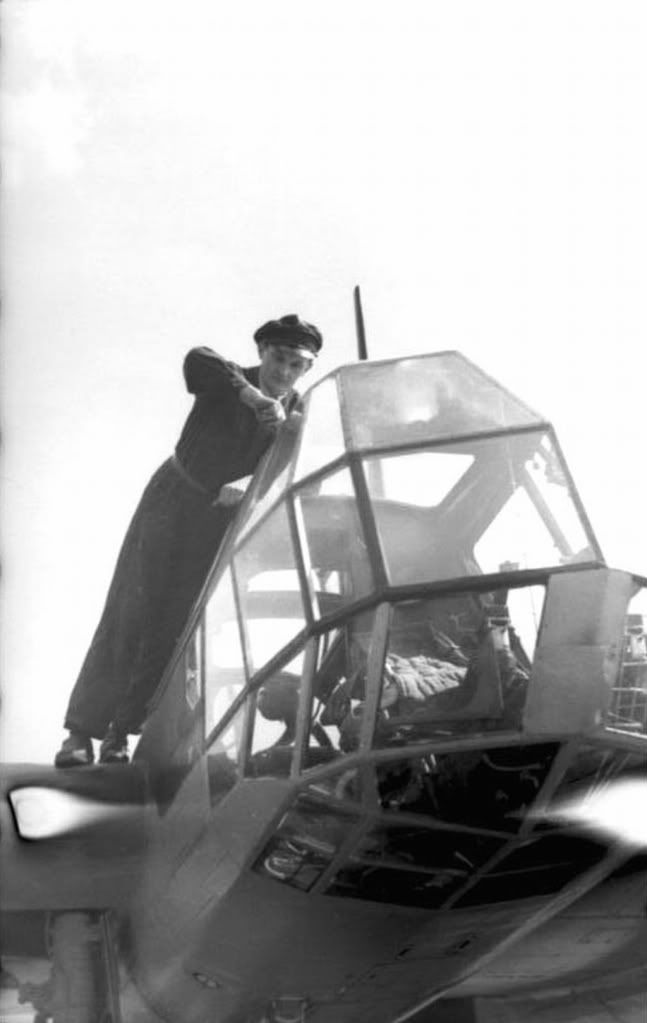
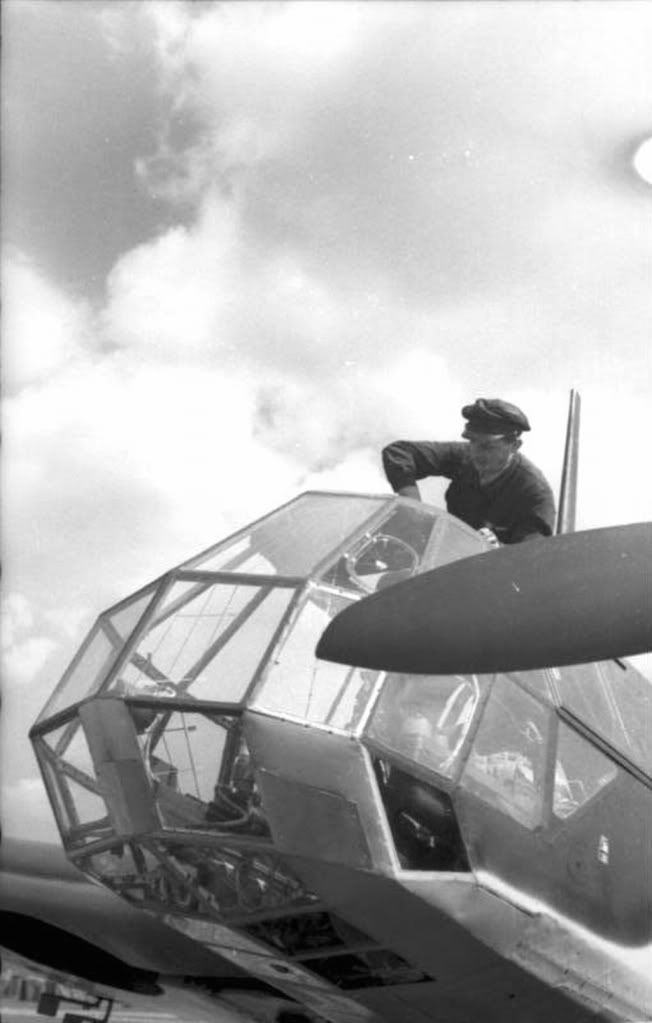
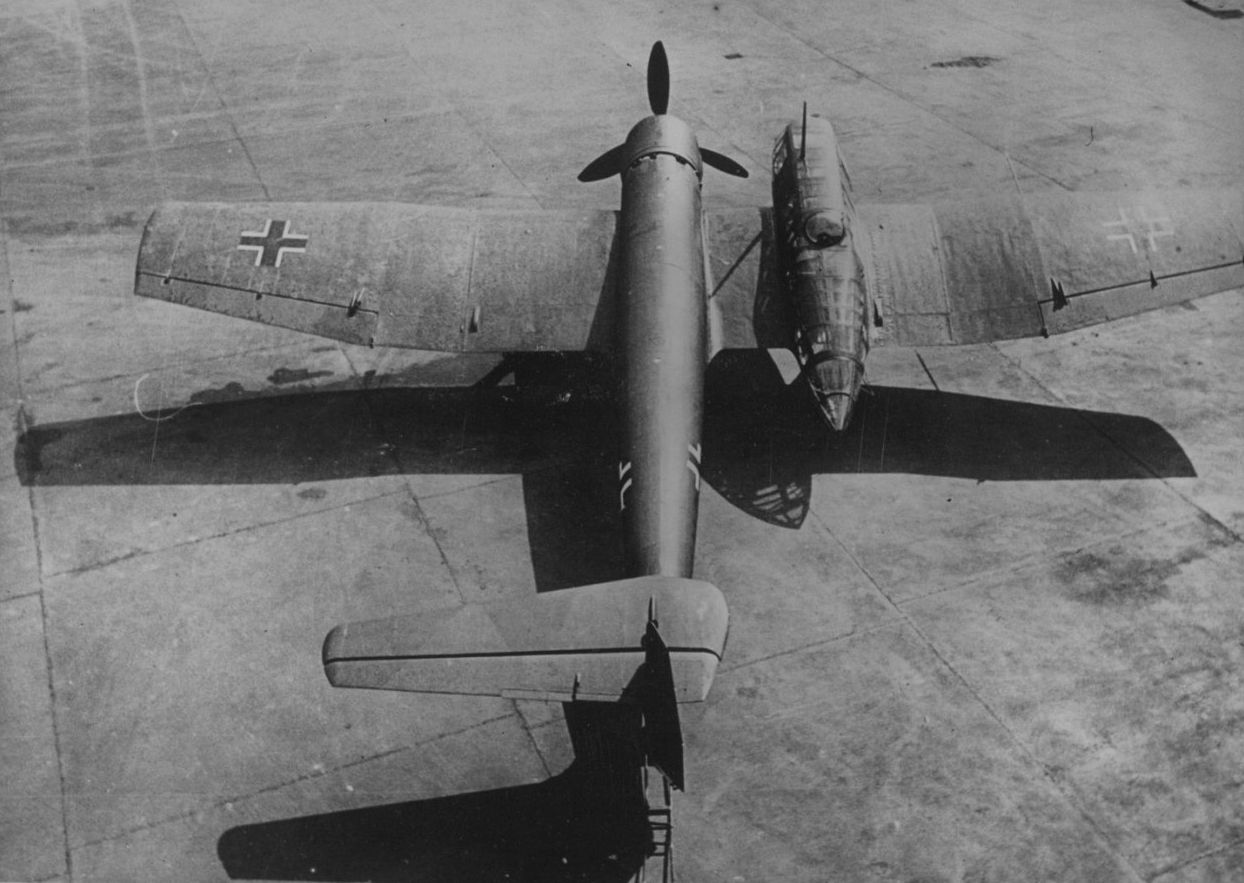
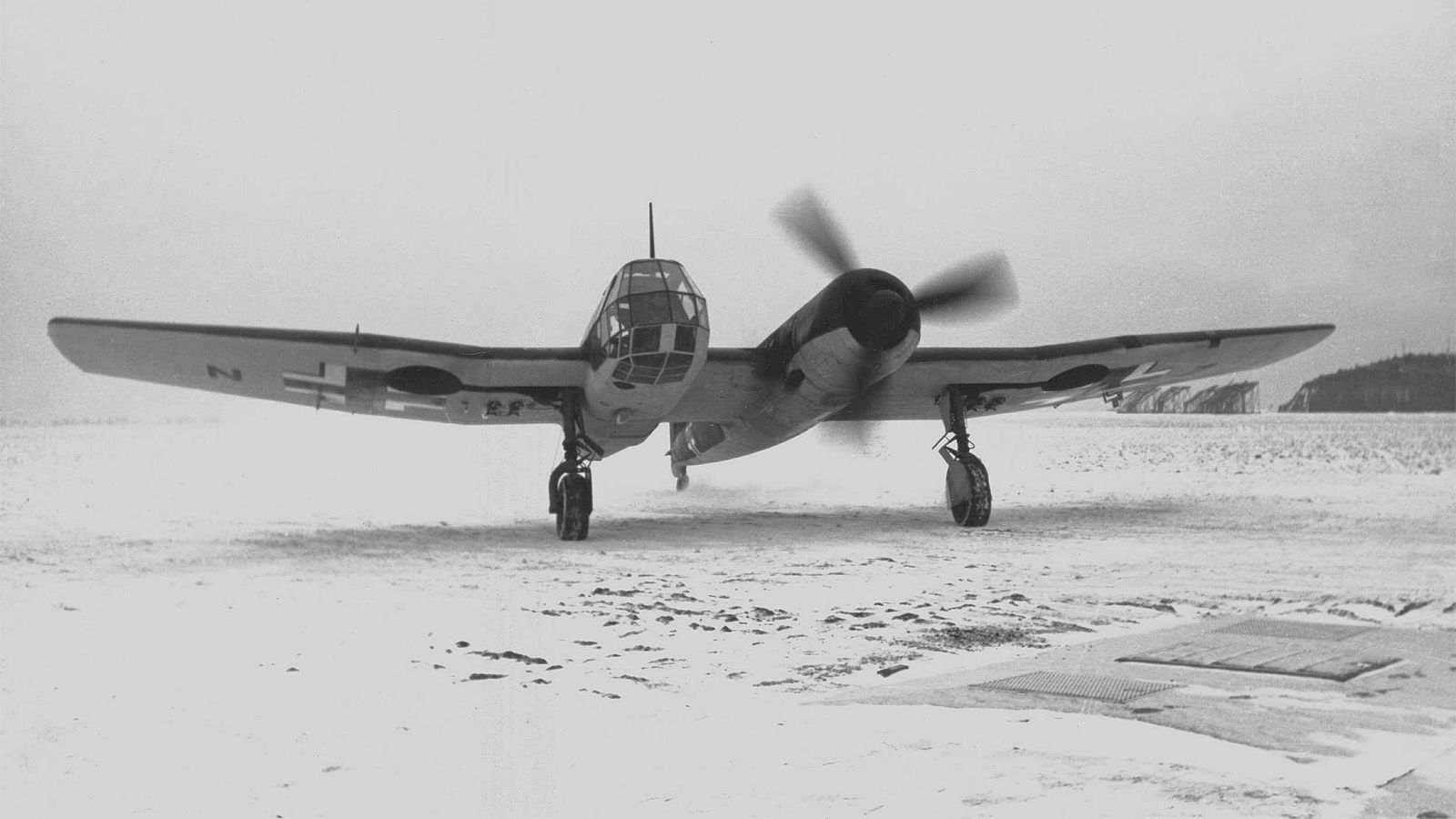
Regards Duggy. -
13 years ago
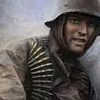 AdminFine pics duggy.
AdminFine pics duggy.
I always wonder how many lesser known aircraft types were flown by the luftwaffe. Instead of concentrating development and ressources on the
most effective and multipurpose aircraft it was spread out over so many types and variants. If i only think how much different spare parts were always needed...
ATB
Armin
-
11 years ago
 Level 1Fascinating!
Level 1Fascinating!
Post a reply
- Go to Previous topic
- Go to Next topic
- Go to Welcome
- Go to Introduce Yourself
- Go to General Discussion
- Go to Screenshots, Images and Videos
- Go to Off topic
- Go to Works in Progress
- Go to Skinning Tips / Tutorials
- Go to Skin Requests
- Go to IJAAF Library
- Go to Luftwaffe Library
- Go to RAF Library
- Go to USAAF / USN Library
- Go to Misc Library
- Go to The Ops Room
- Go to Made in Germany
- Go to Campaigns and Missions
- Go to Works in Progress
- Go to Juri's Air-Raid Shelter
- Go to Campaigns and Missions
- Go to Works in Progress
- Go to Skinpacks
- Go to External Projects Discussion
- Go to Books & Resources
